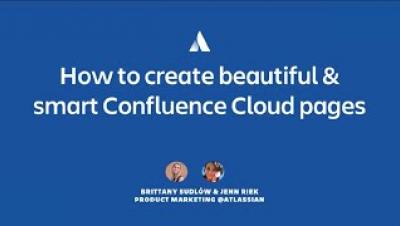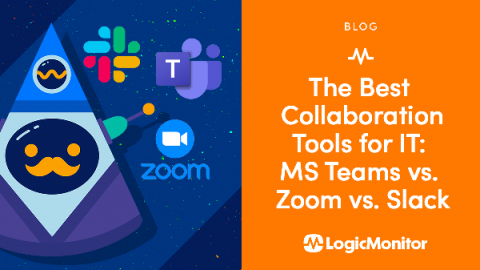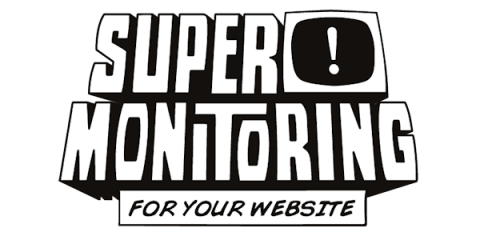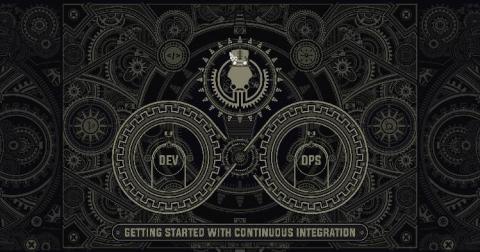Operations | Monitoring | ITSM | DevOps | Cloud
Collaboration
The Best Collaboration Tools for IT: MS Teams vs. Zoom vs. Slack
A key topic of conversation that comes up again and again with our customers is the challenge of collaboration in a remote work environment. Too many channels of communication or documentation are ineffective, and IT professionals are starting to feel fatigued by never feeling quite “in the know” with business decisions that are happening in real-time. When separated from colleagues, teams can feel distant and unmotivated or find it hard to stay focused.
Three meetings your remote startup must have (and one to avoid)!
As a small startup, and a fully remote one to boot (thanks COVID), having only the “right” amount of meetings is crucial. Over-index on meetings and your team will get nothing done. Go too far the other way and your team won’t understand the vision, why you are doing what you are doing, and won’t be able to form the personal bonds that are required for a small team to succeed. We set aside 45 minutes every morning to discuss pretty much anything and everything.
Developer Sneak Peek | Searching files on Mattermost
Developer Sneak Peek | Folded reply threads
Developer Sneak Peek | Slash commands for incident response
How to debug distributed teamwork, as suggested by new research
11 Useful Project Management Tools for Web Development
Web designers are putting their time, effort, and creativity into creating a site that appeals to users, and engages, and holds their attention. According to one episode of the Project Management Podcast, it’ll be easier for designers to turn those ideas and concepts into a tangible web design using the right tools. But with so many tools out there in the market, picking the right one can be difficult. So, what will a designer do?
Getting Started with Continuous Integration
It is impossible to overestimate the importance of a strong development environment when scaling your team’s capacity. Nowadays, most organizations use Git, and one of the popular and successful development models used by many organizations is Gitflow. When making use of such models, continuous integration (CI) is key as it enables faster project delivery and offers reduced risk and expenses thanks to self-managed and easy-to-control dedicated teams.
How open source solutions help the U.S. Air Force accelerate software development and modernize collaboration
The pressure to ship quickly is greater than ever before. But for many organizations, including the U.S. Air Force, security and compliance concerns severely limit their ability to quickly adopt and integrate new technologies, putting teams at risk of being locked into approved vendors and missing out on critical innovations. In order break the cycle of slow-moving development, Platform One, the U.S.











